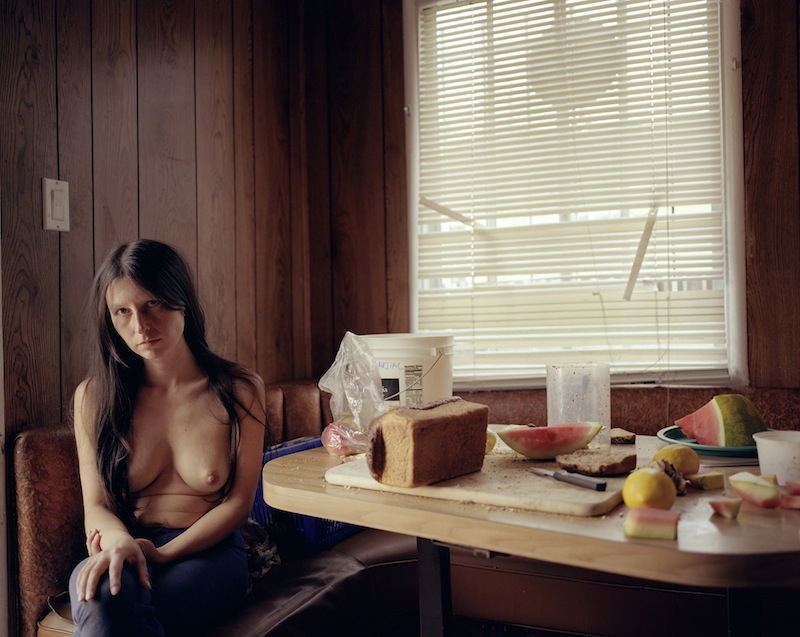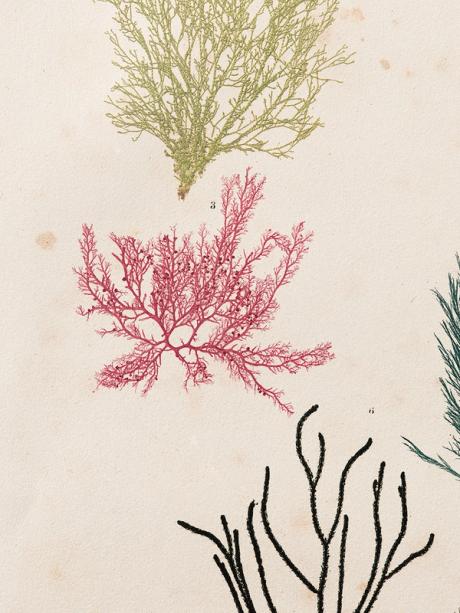thanks for staying alive Fern.1994
2020 - Painting (Painting)
133.35 x 93.98 x 4.45 cm
rafa esparza
thanks for staying alive Fern.1994 by rafa esparza is from a body of work that pays homage to youth culture in the 90s. The work is based on the popularity of mid-90s era Star Shots photographs, which usually featured graphic backgrounds and highly glamorized subjects wearing heavy makeup, matching outfits, perfectly coiffed hair, and dramatic expressions. In Los Angeles, esparza remembers many Black and Brown youths going to the mall (where many Star Shots photo studios were located) to circulate the photos with personal messages written on the back. In this sense, the photos functioned as a pre-Instagram form of self-representation. At the same time, the War on Drugs was ramping up in Los Angeles, firmly establishing the school-to-prison pipeline as a reality for many young people in the city. In this work, esparza reflects on that politically charged moment, and how many people were taken from his life and community due to police brutality, gang violence, and imprisonment. With thanks for staying alive Fern.1994 , which is based on a real Star Shots photo of esparza’s older brother Fern, and other works from the series, the artist chooses to focus on how young people wanted to portray themselves and to celebrate that mode of self-expression. By leaving the skin hues unpainted, using just the raw adobe surface for color, esparza’s portrait series redresses the concentration on whiteness in contemporary art spaces and art history more generally.
rafa esparza is a multidisciplinary artist whose work reveals his interests in history, personal narratives, kinship, colonization, and the disrupted genealogies it produces. Trained as a painter, but often using live performance as his main medium, esparza employs site-specificity, materiality, memory, and what he calls (non)documentation to investigate and expose ideologies, power structures, and binary forms of identity that establish narratives, history, and social environments. esparza’s recent projects are grounded in laboring with land and adobe-making, a skill learned from his father, Ramón Esparza. Adobe has become a signature symbolic and material part of esparza’s practice. Still prevalent across the Southwest, sundried adobe is traditionally made by hand with dirt and other organic material such as clay, horse dung, hay, and water. It is remarkably durable and among the earliest architectural foundations for indigenous communities of the Americas. esparza explores adobe as both material and politics, creating what he terms “brown architecture” in response to the hegemony of whiteness that art institutions have reproduced historically and in the present. In so doing, the artist invites Brown and Queer cultural producers to realize large-scale collective projects, gathering people together to build networks of support outside of traditional art spaces.
Colors:
Related works sharing similar palette
» see more

© » KADIST
Pascal Shirley
2006Gypsy shows an ambivalent scene, in which broken blinds and its unsmiling subject are balanced with the stilllife plentitude of watermelon slices and the beautifully lit nudity of the sitter...
Related works found in the same semantic group
» see more

© » KADIST
Kelley Walker
2004The triptych Black Star Press is part of the series ‘The Black Star Press project’ initiated in 2004 by the American artist Kelley Walker...

© » THEARTNEWSPER
From ferns to meteorites: new book explores the beautiful mysteries of nature printing Art market Museums & heritage Exhibitions Books Podcasts Columns Technology Adventures with Van Gogh Search Search Books review From ferns to meteorites: new book explores the beautiful mysteries of nature printing A rare collection of images created by the impressions of natural objects Tabitha Barber 8 December 2023 Share Image by Alois Auer Von Welsbach, a pioneer of nature printing who likened his discovery to the invention of writing and the Gutenberg press Vienna, Kaiserlich-Königlichen Hof- und Staatsdruckerei, 1854...





